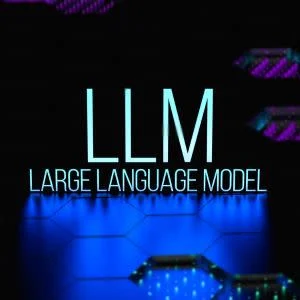As interest in Large Language Models grows, researchers emphasise the role of the medical community in showcasing how these tools can be used in healthcare.
Firstly, there are medical LLMs that are trained using various documents.
The models use self-supervision, where they learn to predict the subsequent word within a given text. These models share a structural resemblance with general purpose Language Model (LMs) such as GPT-3, yet these models are specifically trained on clinical or biomedical text.
In light of the increased training and utilisation expenses associated with Large Language Models (LLMs), it is imperative to explore the viability of employing smaller language models trained on pertinent data. This will inform us whether these smaller models trained on relevant data can achieve the desired performance at a reduced cost.
Additionally, there are medical-oriented Large Language Models (LLMs) that are trained using the sequence of medical codes in an entire patient's record. These models incorporate the temporal aspect, allowing them to consider the sequence and timing of medical events in a patient’s entire record. For example, the models can be used for predicting 30-day readmissions, long hospital lengths of stay, and in-patient mortality using less training data.
The medical community holds a pivotal role in influencing the development of Large Language Models (LLMs) tailored for medical applications. Given the importance of instruction tuning, the medical community should think about how to create shared instruction tuning datasets. These datasets would include prompts that require fulfillment, such as “summarize the past specialist visits of a patient”.
The potential advantages of using LLMs must be clearly outlined, and systematic assessments should be carried out to confirm the existence of these benefits. It is imperative that only after these evaluations are concluded, should statements be made regarding how to use LLM.
Overall, the integration of LLMs into the medical field must be steered by the medical profession itself. If the intention behind using such models is to enhance human judgment rather than replace it, then it is crucial we do not fail to ask what a person plus such models could do together to achieve better medical care.
Given the disruptive potential of these technologies, clinicians cannot remain passive observers. The integration of LLMs into the medical field must be guided by the medical profession itself. This entails identifying the appropriate training data, as well as conducting evaluations to validate the benefits of incorporating LLMs into medical practices.
Source: JAMA
Image Credit: iStock






